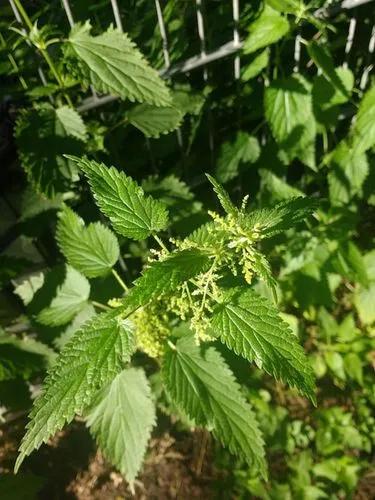This delicate air plant is easy to care for and can serve as a great decoration for any plant collection or interior of an apartment, house, or office. A truly universal beauty!
Tillandsia Houston Care
Tillandsia stricta x meridionalis



Tillandsia Houston is a hybrid cultivar of parentage T. Stricta X T. Recurvifolia. This plant features fine wispy leaves and bright pink flowers. It grows fast and can produce many offsets. Despite its extraordinary appearance, Tillandsia Houston is easy to care for, so it suits both experienced plant lovers and beginners. You can place it anywhere in the house; the main thing is to remember about a sufficient level of lighting.
How to Care for the Plant

Water

Tillandsia Houston is not watered in the traditional sense of the word because it does not grow in the soil. Instead, submerge this plant entirely in water for 15-20 minutes once a month during the growing season.

Pruning

Tillandsia Houston is a miniature and fragile plant that does not require traditional pruning. It grows beautifully without additional stimulation, but remember to remove dead leaves to preserve the plant's energy.

Fertilizer

Tillandsia Houston usually does not need additional fertilizer and grows beautifully. However, if you see that your plant is not doing well, you can add liquid fertilizers when watering.

Sunlight

Like most of its relatives, Tillandsia Houston loves direct sunlight, so feel free to place it on a south-facing windowsill. East and west windowsills are also suitable, but the plant may grow more slowly.

Soil

We identify Tillandsia Houston as an air plant, so it does not need soil at all. This plant can get all the necessary valuable substances from ai,r, water, or fertilizers if necessary.

Propagation

Like most Tillandsias, you can grow new plants from seed, but this will take time. You can also propagate your plant with pups that grow at the base of the plant. Separate the pups from the mother with a clean, sharp knife and harvest them as separate plants.

Temperature

Make sure your air plant is warm and dry, as that is its natural environment. The ideal temperature is 60-80°F (16-27°C), but in winter, it can withstand colder temperatures without watering.

Container

Instead of containers and pots, pay attention to stylish wooden or metal stands. You can also grow your Tillandsia Houston in a clear terrarium or vase without soil.

Fun fact

Tillandsia Houston is one of the few types of air plants that bloom in summer.

Popularity

105 people already have this plant 40 people have added this plant to their wishlists
Discover more plants with the list below
Popular articles






